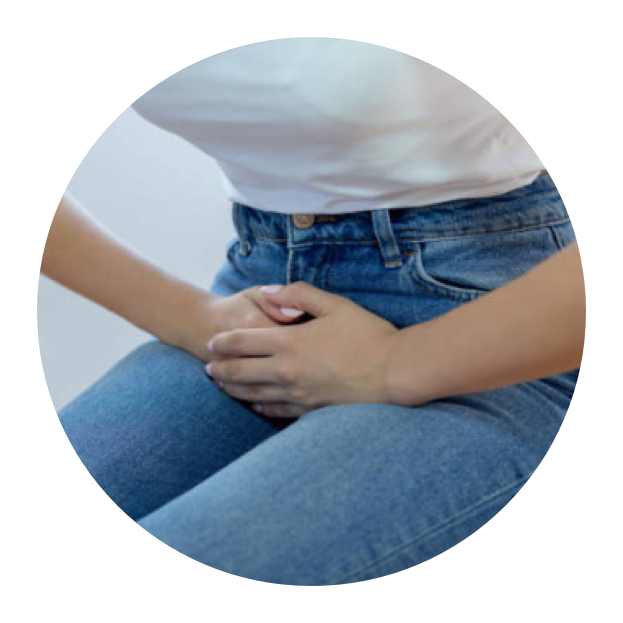Who can develop Endometriosis?
Endometriosis is common and can occur in any woman from the onset of her menstrual life through to her late thirties. In fact, many young women do not realize they have endometriosis till later in life. This happens because younger women are often prescribed the contraceptive pill for severe pelvic pain during menstruation.
The pill then masks signs and symptoms of progressive endometriosis throughout their lives until they decide (usually in their twenties or thirties) to stop taking it in order to try and get pregnant. This is when many women realize they have endometriosis.
There is often a family history of endometriosis and your doctor will advise you as to whether you should be checked.
